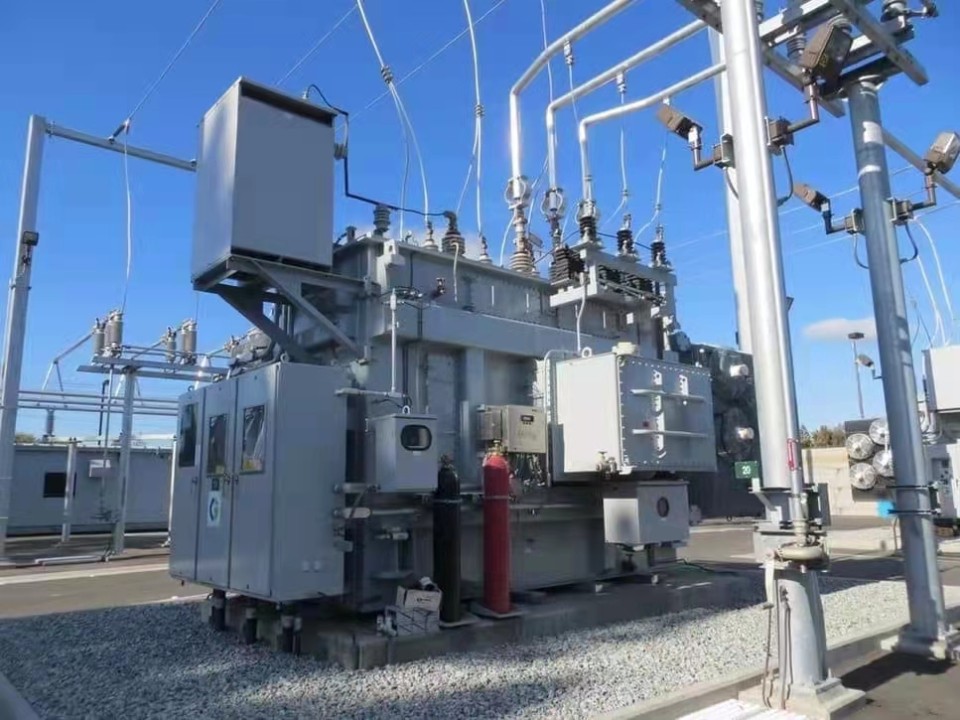
Main maintenance of power transformer
Electrical transformers are an expensive and important part of any machinery. So for getting optimal performance and increased product life, it is best to conduct regular maintenance checkups on your machinery.
There are basically two types of transformer maintenance. One is done on a regular basis and the other is done at the time of urgency. If maintenance checkups are done on a routine basis then you may not have to undergo breakdown maintenance and hence save downtime.
There are a lot of different types of maintenance checks to be conducted on a power transformer. Here are some of the main transformer maintenance actions that have to be performed:
- Daily Basis Maintenance Testing and Checking
Here are 3 maintenance tests you should run on your transformer on a daily basis:
- Oil levels of MOG( Magnetic Oil Gauge) of the main tank and conservator tank. Always maintain to keep oil filled up to the desired level in MOG.
- Replace the silica gel if its color changes to pink.
- If any leakage is detected seal it.
- Transformer Maintenance Checks on a Monthly Basis
- The oil level in the oil cap must be checked on a monthly basis so that it doesn’t drop below a fixed limit and hence avoid damage due to it.
- Keep the breathing holes in the silica gel breather clean to ensure proper breathing action at all times.
- If your electrical transformer has oil-filling bushing, make sure that the oil is filled up to the correct level.
- Transformer Maintenance on a Half-Yearly Basis
The transformer oil must be checked half-yearly basis which means once in 6 months, for dielectric strength, water content, acidity, sludge content, flash point, DDA, IFT, and resistivity for transformer oil.
In the case of a distribution transformer, as they are operating light load condition all the time of day remaining peak hours, so there are no maintenance required.
- Annual Transformer Maintenance Schedule
The air fans, oil pumps along with other items that are used to cool down a transformer and control circuit must be inspected annually.
- Make sure that you clean all the bushings of your electrical transformer with only soft cotton cloth annually.
- Oil condition of OLTC should be carefully examined on an annual basis. For that take an oil sample from drain valve and test it for moisture content (PPM) and dielectric strength (BDV). If the BDV value is found low and the PPM value high, then the oil needs to be replaced.
- Make sure to clean out the inside of all of the marshaling boxes annually. Check the proper functioning of the space and illumination heaters. All of the terminal connections of control and relay wiring need to be tightened at least once a year.
- All the control switches, alarms and relays along with their circuits, Remote Tap Changer Control Panel and Relay and Control Panel have to be cleaned with a proper cleaning agent.
- Examine all the pockets for the Winding Temperature Indicator and Oil Temperature Indicator if they have the necessary level of oil and make sure to top it up if required.
- The proper function of the Buchholz and Press Release Device relay needs to be checked on a yearly basis.
- Make sure to measure the resistive value of the earth connection and rizer should be measured annually with a clamp on the earth resistance meter.
- FAULTS AND ITS CAUSES IN POWER TRANSFORMERS
The causes of faults and failures in power transformers can be classified into electrical, mechanical, and thermal. The failures can be further classified into external or internal components.
a) Winding Failure: There are different causes of breakdown of winding which are listed below.
b) Dielectric faults: This happens in the winding because of the turn-to-turn insulation breakdown. These are the insulation between the turns of the winding. Insulation breakdown occurs because of the high current and voltage which are high above the rated values. The breakdown of the insulation upshots in the spark of the winding turns and causes a short circuit.
c) Windings are made of copper: Because of the copper line resistance, thermal losses do occur. This makes hot areas in the winding due to poor or lack of maintenance. This with time causes wear and tear and reduction of the physical strength up to the point of breaking of the winding.
d) Mechanical faults: This includes deformation, loosening or supplanting of the windings. The outcome is the deformation in the efficiency of the transformer and the tearing of the turn-to-turn ratio. The major causes of this fault include poor maintenance, improper repair, corrosion, manufacturing deficiencies, and vibrations in the transformer.
e) Deterioration of oil: This occurs due to the effect of lengthened overloading of the transformer. High oil temperature produces the formation of sludge, water, and acids. Water entering the oil as a result of the breathing action reduces its dielectric strength.
f) Bushing: Bushing are insulating devices that allow a high voltage electrical conductor to pass through an earth conductor. In the transformer, it provides a current path through the tank wall. In the transformer paper, insulators are used which are surrounded by oil that provides further insulation. Bushings may fail due to incomplete discharge. This is sometimes due to the slow and progressive degradation of the insulation over many years of service. Seal breaking of bushes happens due to the entrance of water, aging, or excessive dielectric losses. Because of this fault, core failure of the transformer may happen.
TM-Professional Engineer
1wVery useful article. Great !